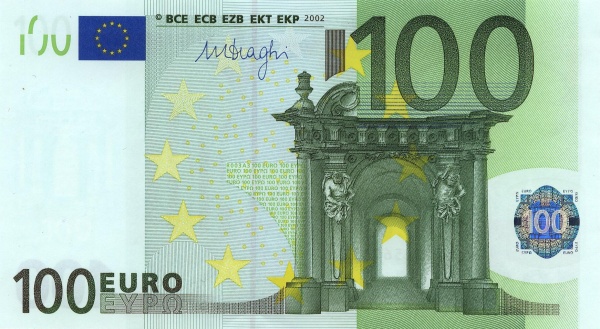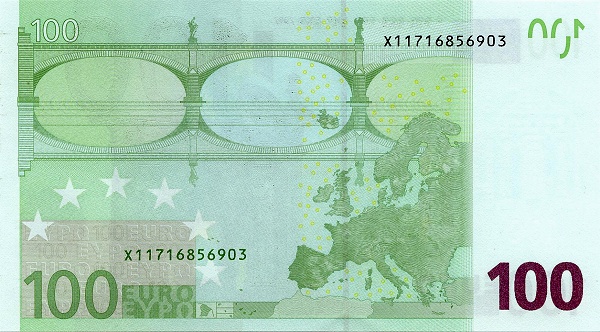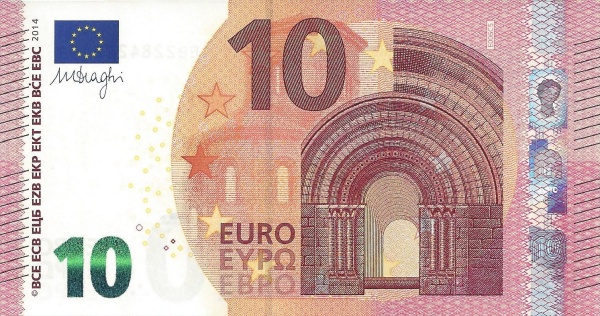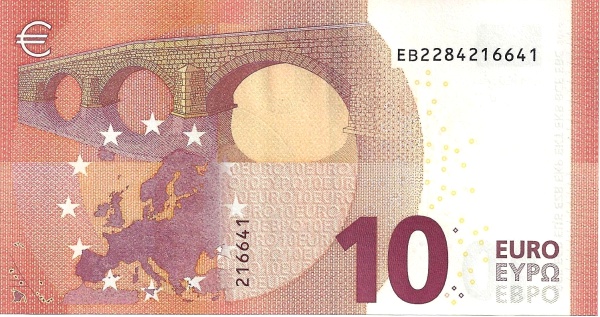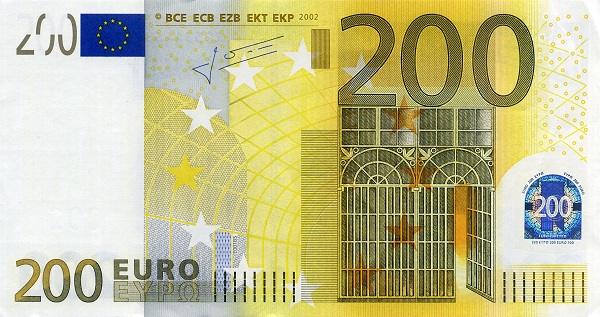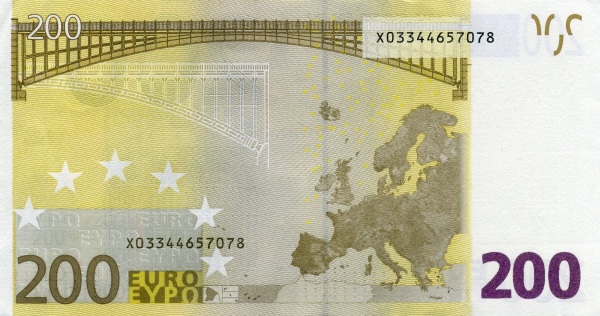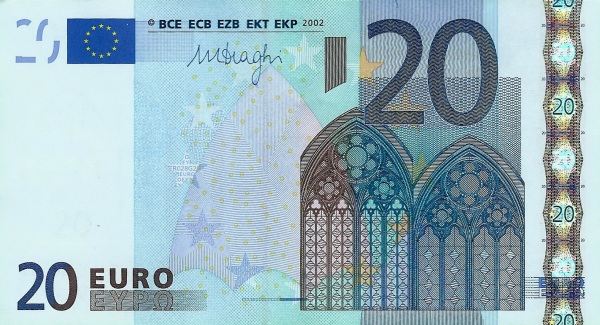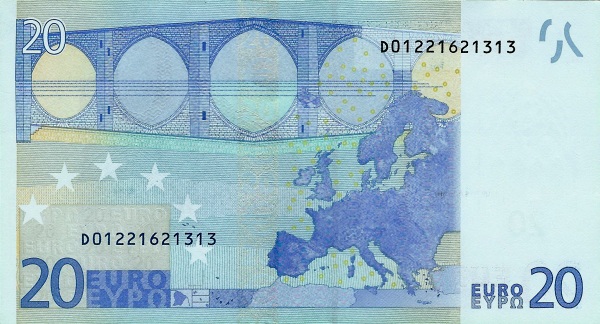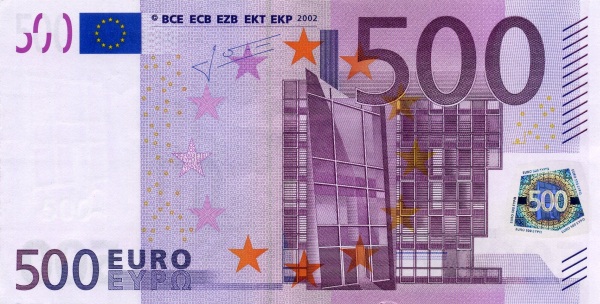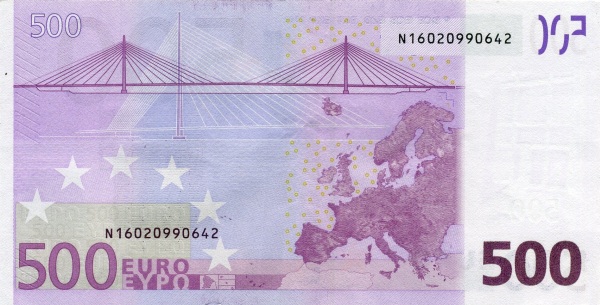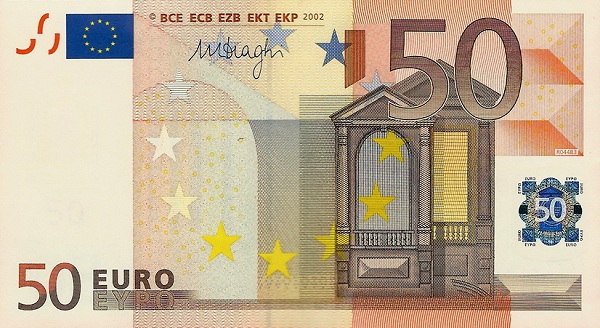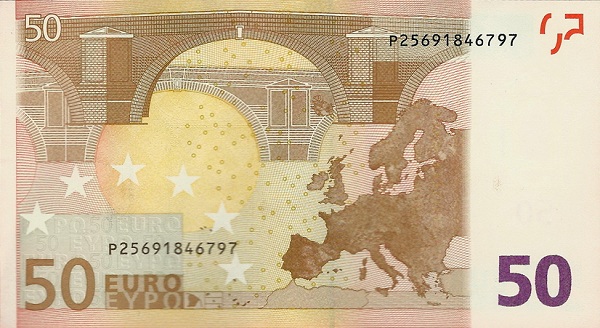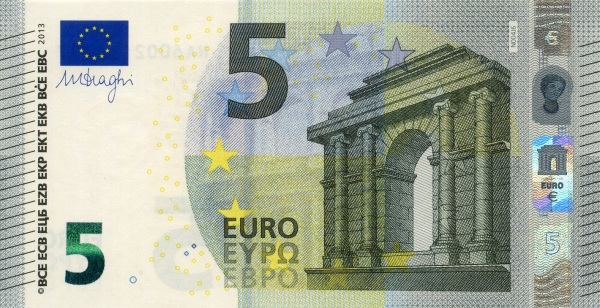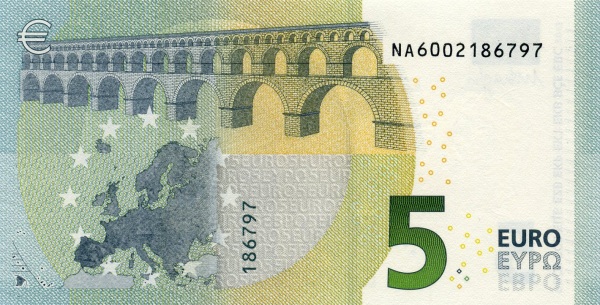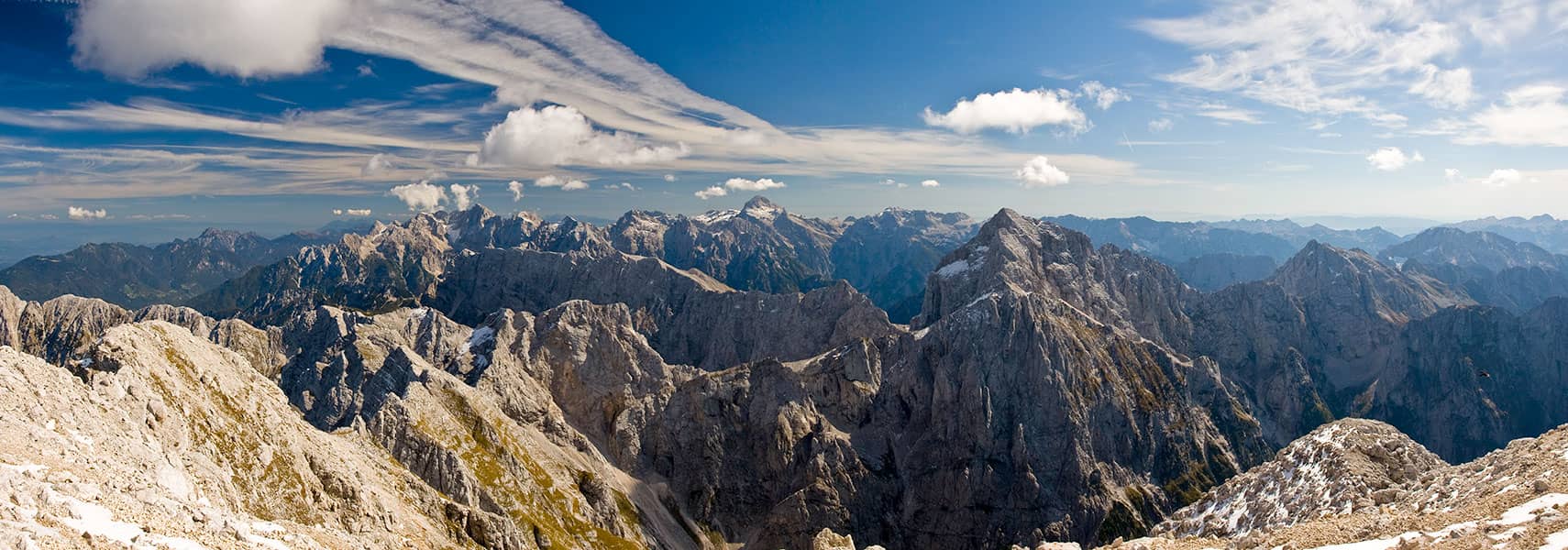Discovering Slovenia: A Gem in Southeastern Europe
Slovenia, a captivating country nestled in southeastern Europe, lies just south of Austria. Once part of Yugoslavia, it shares borders with Croatia, Hungary, and Italy. Although Slovenia is nearly landlocked, it boasts a picturesque 46 km coastline along the Adriatic Sea, situated between its neighboring countries of Italy and Croatia. This unique geographical position endows Slovenia with a diverse range of landscapes and cultures.
Geographical Charms of Slovenia
Occupying an area of 20,273 km², Slovenia is somewhat comparable to Switzerland in terms of size, although it is slightly smaller than the U.S. state of New Jersey. The country showcases an impressive variety of terrains, from the majestic Alps that soar more than 2,800 meters (8,200 ft) high in the north to the expansive plateaus in the southeast, which rise over 1,000 meters (3,280 ft). Additionally, the southern region features a fascinating Karst limestone landscape renowned for its intricate cave systems.
Interestingly, Slovenia enjoys a mix of climates, thanks to its geographical diversity. The coastal areas experience a Mediterranean climate, while the inland regions have a more continental climate. This variance results in cold winters and warm summers, providing a perfect backdrop for outdoor activities such as skiing in the Alps or lounging by the Adriatic Sea.
A Population Rich in Diversity
The vibrant population of Slovenia, which was estimated at around 2,064,000 in 2016, reflects a rich tapestry of cultures and ethnicities. The largest city, Ljubljana, serves as the capital and is home to approximately 278,000 residents. Slovenians make up about 83.06% of the population, while other ethnic groups include Croats, Serbs, Bosniaks, Hungarians, and Italians, creating a multifaceted cultural experience.
Slovenia boasts a high literacy rate of 99%, and the official language is Slovene, spoken by the vast majority of the people. In contrast, several minority languages, such as Hungarian and Italian, can be heard in border regions. The country is also home to vibrant religious practices, with Roman Catholicism being the predominant faith, embraced by about 57.8% of the population.
The Historical Context of Slovenia
Slovenia's historical journey is both compelling and complex. In 1918, the Slovenes united with the Serbs and Croats to establish a new nation called the Kingdom of Serbs, Croats, and Slovenes. This entity transformed into Yugoslavia in 1929. Following the conclusion of World War II, Slovenia emerged as a republic within a reformed, communist Yugoslavia, which maintained a degree of autonomy and distanced itself from Moscow's rule.
The quest for independence stirred among the Slovene populace, culminating in their successful declaration of independence on June 25, 1991. This historical milestone marked a significant shift for Slovenia as it successfully integrated itself into the international arena, joining organizations like the European Union and NATO, while pursuing democratic governance.
Robust Government and Political Framework
Today, Slovenia operates as a parliamentary democratic republic. The foundation of the nation's political structure relies on a constitution that was adopted on December 23, 1991. This democratic framework provides fair representation for its citizens, fostering a sense of unity and progress.
Richness of Natural Resources
Slovenia's natural resources add to its economic viability. The country is endowed with resources like coal, mercury, and timber, facilitating a diverse agricultural and industrial sector. Agricultural products such as potatoes, hops, wheat, and grapes thrive in Slovenia's fertile land, while livestock farming includes cattle, sheep, and poultry.
Industries and Economic Activities
The industrial landscape in Slovenia encompasses a variety of sectors, including ferrous metallurgy, aluminum production, textiles, and electronics. Moreover, manufactured goods, particularly machinery and transport equipment, form the core of Slovenia's export economy. Major trading partners, such as Germany and Italy, significantly influence Slovenia's economic interactions.
The Cultural Tapestry of Slovenia
Beyond its industrial prowess, Slovenia captures hearts with its rich cultural heritage. Traditional music, art, and cuisine reflect the country’s unique identity. Festivals vibrant with folklore, celebrating both the past and present, attract numerous visitors throughout the year. Culinary delights feature local specialties such as potica, a delightful nut roll, and various wine regions that host renowned vineyards, producing exquisite wines.
Tourism: A Blossoming Sector
In recent years, Slovenia has emerged as a prominent tourist destination, attracting visitors to its stunning landscapes, historical sites, and vibrant cities. Notably, Lake Bled, with its enchanting island and castle, is a must-see for nature lovers and adventurers alike. Meanwhile, the picturesque town of Piran along the coast showcases beautiful Venetian architecture and offers a glimpse into the country’s maritime history.
Moreover, Slovenia's commitment to sustainability resonates with eco-tourists. Many visitors appreciate the preservation of natural parks, such as Triglav National Park, which boasts breathtaking scenery and diverse wildlife. Travelers often engage in outdoor activities like hiking, biking, and skiing during their stay, allowing them to experience the country’s natural beauty firsthand.
Conclusion: Slovenia, A Land of Wonders
In summary, Slovenia stands out as a remarkable country with a unique blend of history, culture, and natural beauty. From its historical roots to its modern democratic framework, Slovenia has evolved into a nation that embraces its heritage while looking towards the future. Its regional diversity and commitment to sustainability make Slovenia not just a place to visit, but a destination that offers unforgettable experiences, encapsulating the essence of Southeastern Europe.
Largest cities of: Slovenia
| City Name | Population | Year of foundation | |
| Ljubljana | 290,000 | circa 2000 B | |
| Maribor | 95,000 | 1250 | |
| Kranj | 57,000 | circa 1000 | |
| Celje | 37,000 | 1240 | |
| Nova Gorica | 30,000 | 1948 | |
| Velenje | 27,000 | 1365 | |
| Ptuj | 17,000 | 688 B | |
| Trbovlje | 8,000 | 1850 |
Slovenia: Money
